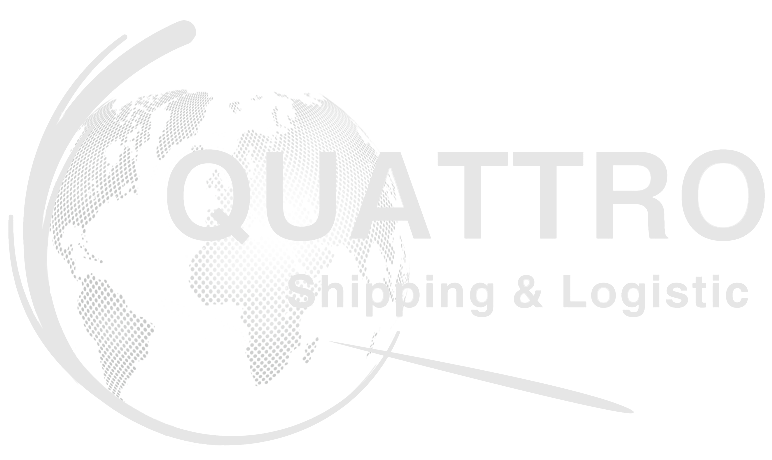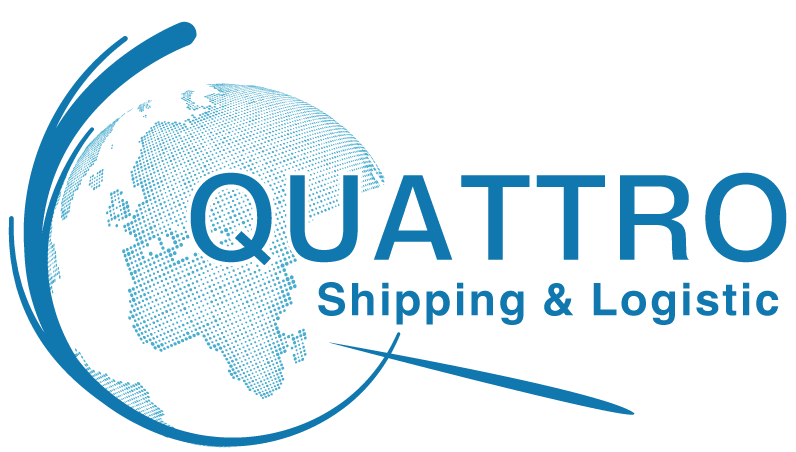Cybersecurity Danger Levels: Where Do You Draw The Line? Naperville, Aurora, St Charles
For extra information on the way to carry out a danger evaluation, see our extra detailed guide. An aggressive investor, or one with a high-risk tolerance, is keen to threat shedding money to get probably higher outcomes. Aggressive investors are typically market-savvy with an understanding of the volatility of securities and follow strategies for attaining higher than common returns. Strategic risks, for example, might embody dangers associated to market competition risk levels definitions, adjustments in rules, or shifts in client behavior.
Q3: Is The 5×5 Danger Matrix Suitable For Each Small And Huge Projects?
The 5×5 threat matrix is yet another effective software for assessing, speaking, and managing dangers. When used appropriately https://www.globalcloudteam.com/, it could help organizations make more informed choices about which dangers to prioritize and how to mitigate them best. It offers a versatile yet structured approach to danger management, adaptable to varied project sizes and complexities.
Assess Dangers Effectively With Safetyculture (formerly Iauditor)
Damage ranges are rated on a rating of 0-6, whereas chance levels are rated from 0-4. There are several danger evaluation strategies that are meant to assist managers by way of the analysis and decision-making process. Some of these contain using threat evaluation instruments similar to charts and paperwork.
The Means To Carry Out Risk Evaluation In 5 Steps
As mentioned within the previous section, the risk ranges are acceptable, enough, tolerable, and unacceptable. Strategic risks refer to those that might arise from exterior elements that influence a business’s technique or its capacity to attain its objectives. These could embrace adjustments in market conditions, business competition, and regulatory adjustments. Strategic dangers require cautious monitoring and planning to ensure a enterprise can continue to fulfill its targets despite altering circumstances. With DATAMYTE, you’ve an all-in-one resolution for threat management and quality assurance.
Defining The Four Danger Levels In Threat Management
Get began with qualitative risk analysis with our free risk evaluation template. SWOT analysis permits managers to grasp the present situation of their business or project by taking a glance at its strengths, weaknesses, alternatives and threats. There are several risk analysis methods and instruments that help managers by way of the evaluation and decision-making process. Some of these involve the usage of threat evaluation instruments such as project administration charts and paperwork. A good and effective hazard identification and risk evaluation training ought to orient new and present staff on numerous hazards and dangers that they may encounter. With today’s technology like SafetyCulture’s Training function, organizations can create and deploy extra tailored-fit programs based mostly on the needs of their workers.
Risk Stage 2: Reasonable Or Medium-risk Level
Treasury bill is mostly seen as the baseline, risk-free security for financial modeling. It is backed by the full faith and credit score of the united states government, and, given its comparatively quick maturity date, has minimal interest rate exposure. Overall, it’s potential and prudent to manage investing risks by understanding the fundamentals of danger and how it’s measured. Learning the dangers that may apply to totally different scenarios and some of the methods to manage them holistically will help all types of investors and business managers to keep away from pointless and costly losses. Thomas, Bratvold, and Bickel[16] demonstrate that threat matrices produce arbitrary threat rankings.
Project Threat Analysis Templates
It’s main function is to assist managers prioritize dangers and create a risk administration plan that has the right sources and methods to correctly mitigate dangers. Risk likelihood is measured on a relative scale, not a statistical one, which makes it a qualitative risk evaluation tool. This software is also referred to as the probability/consequence matrix by some project managers. Another essential issue that determines danger levels in danger management is the exterior setting. This contains factors corresponding to economic situations, political stability, and pure disasters.
The Position Of Danger Assessment In Mitigating Enterprise Risks
One of the important thing benefits of risk administration is that it helps businesses make knowledgeable choices. By figuring out potential risks, businesses can consider the likelihood and influence of every danger and make decisions based mostly on that information. This might help companies avoid making choices that would lead to significant losses or adverse consequences.
- Strategic risks are those that come up from exterior components corresponding to changes out there, competition, or technology.
- The U.S. got here near defaulting on its debt in 2011, when a political standoff over the debt ceiling led to a downgrade of its credit standing by Standard & Poor’s.
- This makes it straightforward to calculate a numerical value for every one of many project’s dangers as you simply need to multiply the probability that it’s to happen by the severity of its impact.
- This intuitive understanding varieties the premise of the 5×5 threat matrix, a powerful tool used widely in project management, safety assessment, and strategic planning.
- Implementing a danger administration program requires careful planning, communication, and ongoing monitoring and evaluation.
By figuring out potential dangers and taking proactive steps to mitigate them, companies can reduce their publicity to losses and improve overall efficiency. By incorporating greatest practices and the newest instruments and methods in threat administration, businesses can guarantee they are well-equipped to manage dangers effectively right now and in the future. The 5×5 threat matrix permits project managers to identify, assess, and reply to various project risks, including delays, cost overruns, and scope creep. By quantifying the probability and impression of every threat, managers can allocate resources extra efficiently, focusing on preventing high-priority risks from derailing the project.
ISO units the global standard for occupational well being and security administration methods, requiring organizations to proactively establish and handle workplace risks to forestall work-related accidents and ill well being. The 5×5 threat matrix is instrumental on this context, enabling safety officers to categorize dangers according to the probability of occurrence and potential severity of harm or well being issues. It facilitates the identification of high-priority dangers that may compromise office safety, ensuring that applicable mitigative actions are taken in alignment with ISO necessities. The major enchantment of using a 5×5 risk assessment matrix stems from its capacity to simplify the illustration of varied danger levels. By categorizing dangers in accordance with each their chance and impact, this matrix transforms advanced, nuanced danger data into an simply interpretable visual format.
This matrix serves as a guide for categorizing and prioritizing dangers based on their probability of occurrence and potential impact on the project. Familiarizing yourself with the matrix’s parts aids in its effective application during the danger evaluation course of. By distinction, quantitative threat analysis is a statistical evaluation of the effect of these identified dangers on the general project. This helps project managers and staff leaders to make decisions with reduced uncertainty and supports the method of controlling dangers. Risk analysis is the method that determines how probably it’s that threat will arise in a project. It research the uncertainty of potential dangers and the way they would impact the project when it comes to schedule, high quality and prices if, actually, they had been to indicate up.
Here are some industry examples of when and the means to use a 5×5 danger matrix to perform risk assessments efficiently and effectively. Since you already selected the numeric value of risk likelihood and its severity, (if not but, assign appropriately) all you want to do is multiply their corresponding numbers. Once you’ve the product or the answer to the equation, you will use this as a basis to find out the actual risk stage.
At the broadest level, risk administration is a system of individuals, processes and technology that enables a corporation to determine aims according to values and risks. In the next weblog article, we break down the three hottest sizes of a danger matrix — 3×3, 4×4, and 5×5 — and reveal the pros and cons of every. You’ll also find out about tools to leverage to constantly improve your danger assessments. Additionally, expertise has made it simpler for organizations to speak and collaborate with stakeholders involved in threat management.

